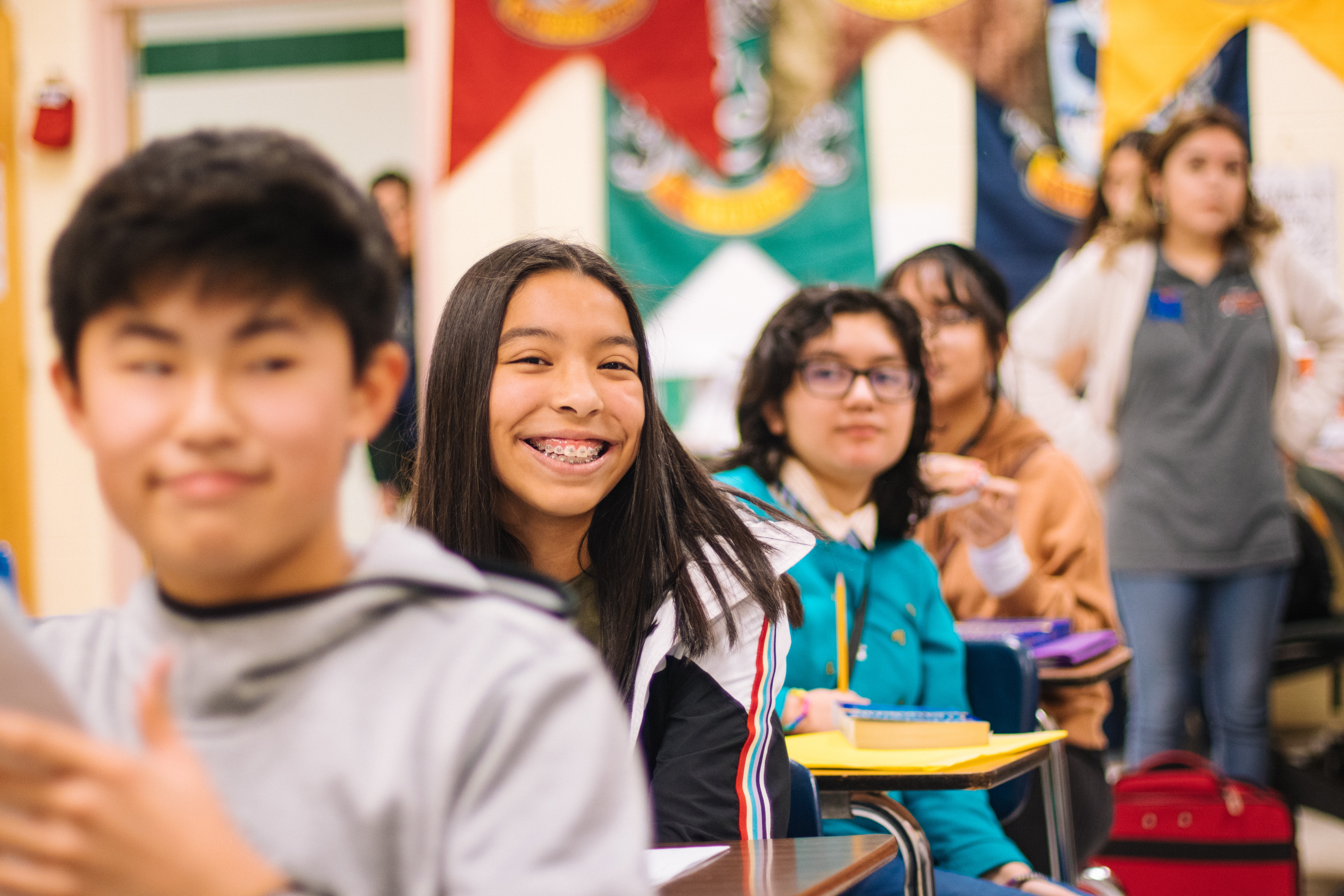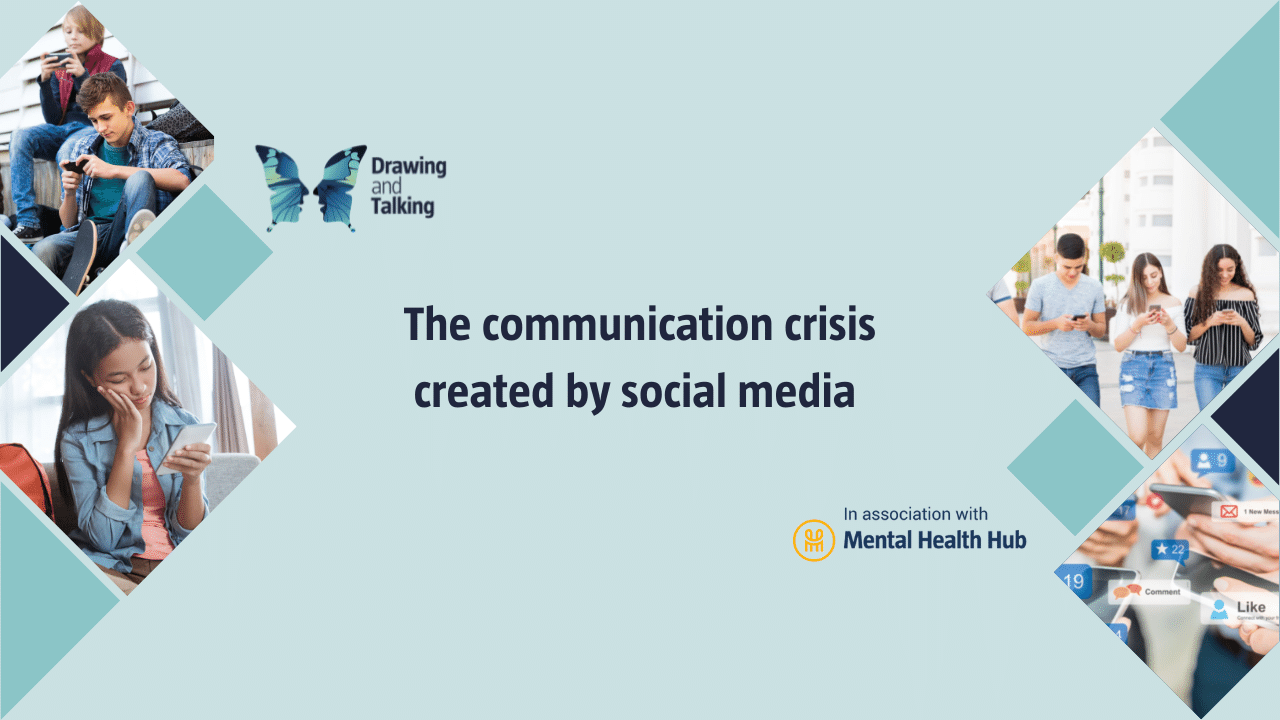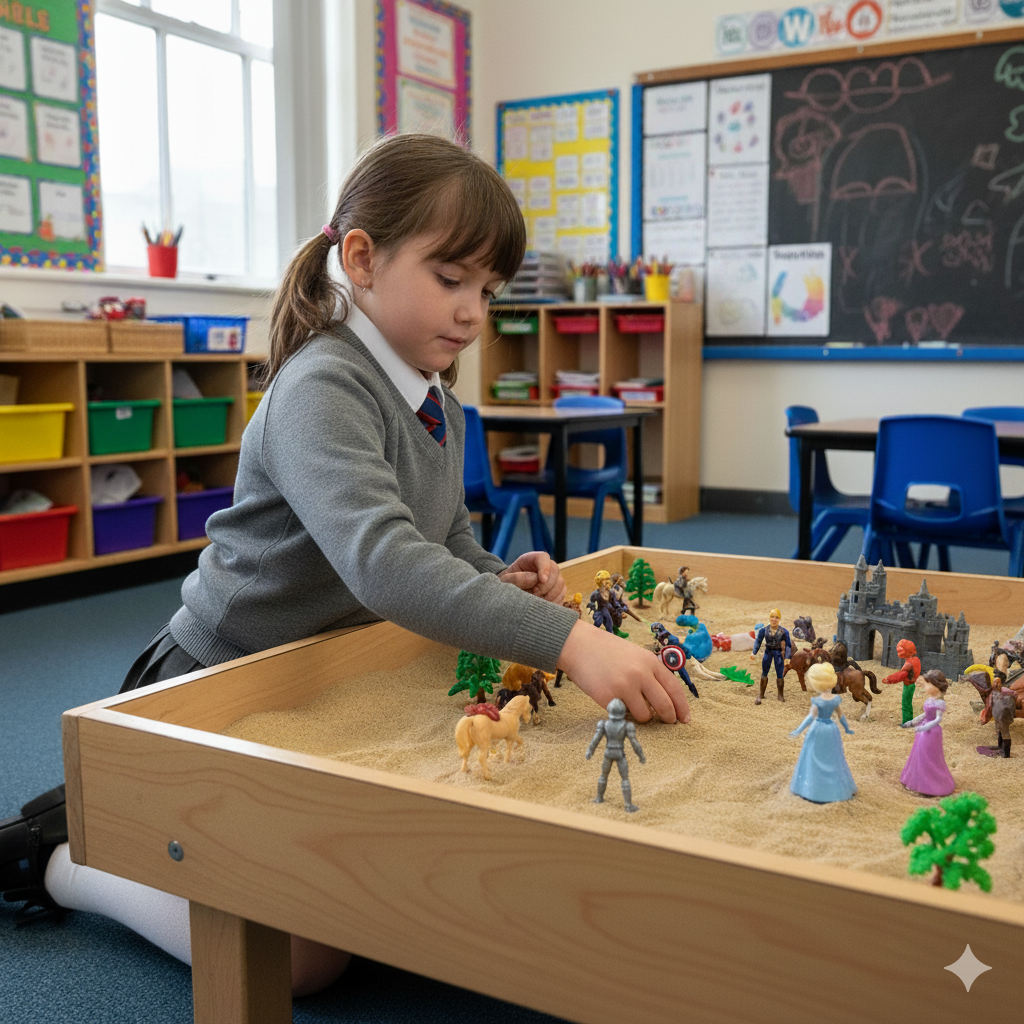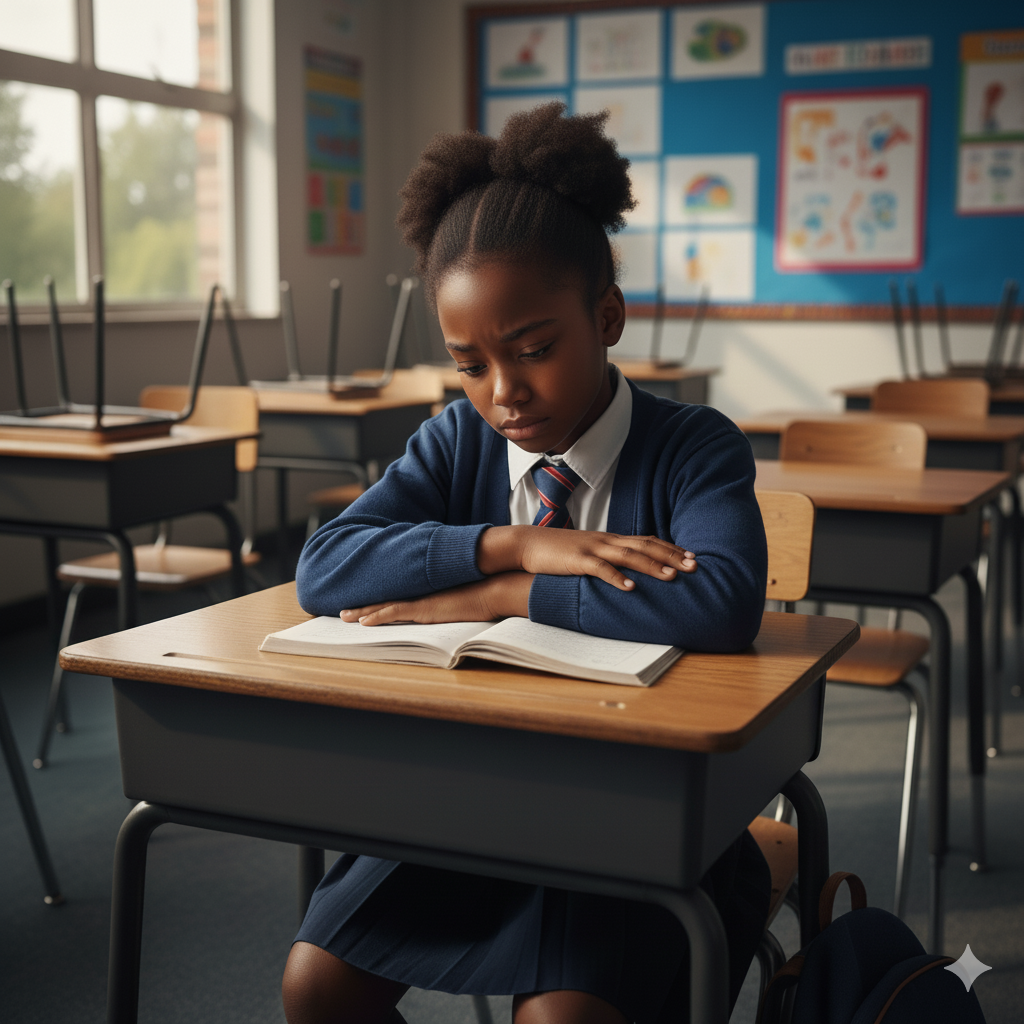
LIFELONG THERAPEUTIC LEARNING:
-
Learn more

Drawing and Talking allows individuals to discover and communicate emotions through a non-directed technique, setting it apart from existing solution-focused and cognitive-based therapies and interventions
Learn more
Creators of a global proactive intervention intended to complement rather than replace the work of Specialist Mental Health Services
Working with vulnerable
-
Courses
Drawing and Talking has proved invaluable with secondary aged students who find it difficult to talk about their emotions.

Our team's commitment to high quality services provides you with peace of mind.
Individuals
Creators of global proactive intervention intended to complement rather than replace the work of Specialist Mental Health Services.
Organisations
In-house training days are the most cost effective way to train groups of 20 or more staff in the Drawing and Talking therapeutic technique. We offer both Zoom and in-person options.
- Blog
-
Practitioners
In our 20-year history, we have built a community of 20,000 Drawing and Talking Practitioners.
Our Drawing and Talking Practitioners are committed to high-quality therapeutic support. Our Accredited Practitioners maintain an active Drawing and Talking Membership, which includes regular CPD and supervision and coaching. This ensures safe, reflective and effective practice.
- Contact us
- Book now
The communication crisis created by social media

According to “Global social media statistics research summary 2022”, more than half of the world (4.70 billion people) now uses social media (59%) daily, with the average daily time spent using social media being 2 hours and 29 minutes. With the advancement of technology and the increase of decadence, our society is structured around the use of the internet, and it is natural that social media platforms are becoming ingrained in everyday life.
However, this also means that there has been a rapid replacement of in-person human connections and direct communication taking place. During the rapid development in teenage years, social media platforms are creating a generation that has limited access to understanding social cues, creating high levels of social anxiety when interacting with the real world.
The art of communication is developed through experimenting in many interactions, which does not happen when people are sitting, scrolling through their phones. While they are learning the nuances of communicating through a screen, they are not participating in understanding body language, facial expressions, and vocal tones. This can make engaging in real-life conversations result in many miscommunications and deepen a feeling of being misunderstood.
Furthermore, the delay option that social media communication provides does leave teenagers with a higher sense of security. This then creates a heightened level of anxiety when communicating face-to-face or via the telephone.
Social media platforms are becoming an important way to generate connections in an internet-dominated society. They can help certain minorities tap into communities that may not be available in their physical surroundings e.g., LGBTQI+ communities and support networks. They are also creating a generation of isolation where they are replacing in-person human connections and friendships with a world of virtual reality instead of actual reality.
As the world keeps moving, and so does technology, we must try not to lose touch with our basic human needs and remember that living through a screen may be convenient and necessary but will never replace real-life interaction. Drawing and Talking is a person-centred intervention that is a one-to-one approach enabling teens to practice being present while communicating thoughts and feelings. Click here to learn more about this therapeutic intervention.
Latest news
October 27, 2022
October 27, 2022



